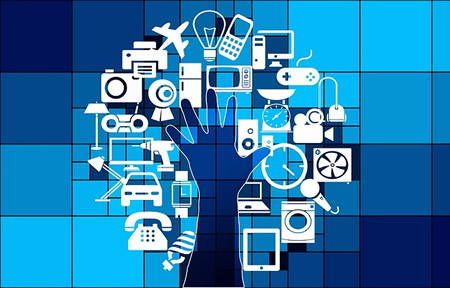Smart coffee makers and lights, smart TVs, routers, video game consoles, security cameras, energy control systems, etc., are some examples that show how households are increasingly “connected” to the network and, therefore, more exposed to the possible action of cybercriminals.

In this context, the company S2 Grupo through our blog Hijosdigitales.es, has conducted a survey on cybersecurity in the use of the Internet of Things (IoT) in homes. One of the main conclusions is that 53.6% of users do not know what security measures to take to protect their devices connected to the network.
One of the managing-partners of S2 Grupo, José Rosell, has assured that “one of the main risks that expose users to being victims of cybercriminals is precisely not knowing what risks they run, in what way and how to protect their devices.”
“Many users think that no one else but them can have access to the information processed by these devices and this is a big mistake. According to the survey we have conducted, this figure reaches 77.5% who claim to be completely unaware of where the information collected by their devices is sent”, said Miguel A. Juan, managing-partner of S2 Grupo.
The study also shows that 35.2% think that their IoT devices cannot run any kind of cybersecurity risk, that is, that they can be accessed by cybercriminals. Alongside this, another of the most noteworthy figures is that 61.5% say they do not know how to at least monitor if their devices are being compromised, invaded by possible cyber-attackers.
Awareness raising
Experts from the company have emphasized that it is currently very important to promote training and awareness-raising for the secure use of new technologies as the main way to combat cybercrime. This is precisely one of the tasks that we intend to carry out through the publications of our blog, the awareness and basic training in cybersecurity of our readers.
“People lock the doors of their homes because they know that it is essential to prevent them from being burglarized. Even so, it is not 100% safe, but at least it prevents a lot of thefts. Well the same thing happens with connected devices, it is not that users do not lock with a key, it is that many times they leave the house door open. That is why they need to know how to do it and what risks they are exposed to”, said José Rosell.
“When there is an IoT cyber-attack, the main risks can range from theft of information that we have stored in that device (credit card number or personal photographs, for example) to physical damage. Just by the consumption or not of water you can tell if a family is at home or sleeping and take advantage of that moment to access their home, for example”, explained Miguel A. Juan.
